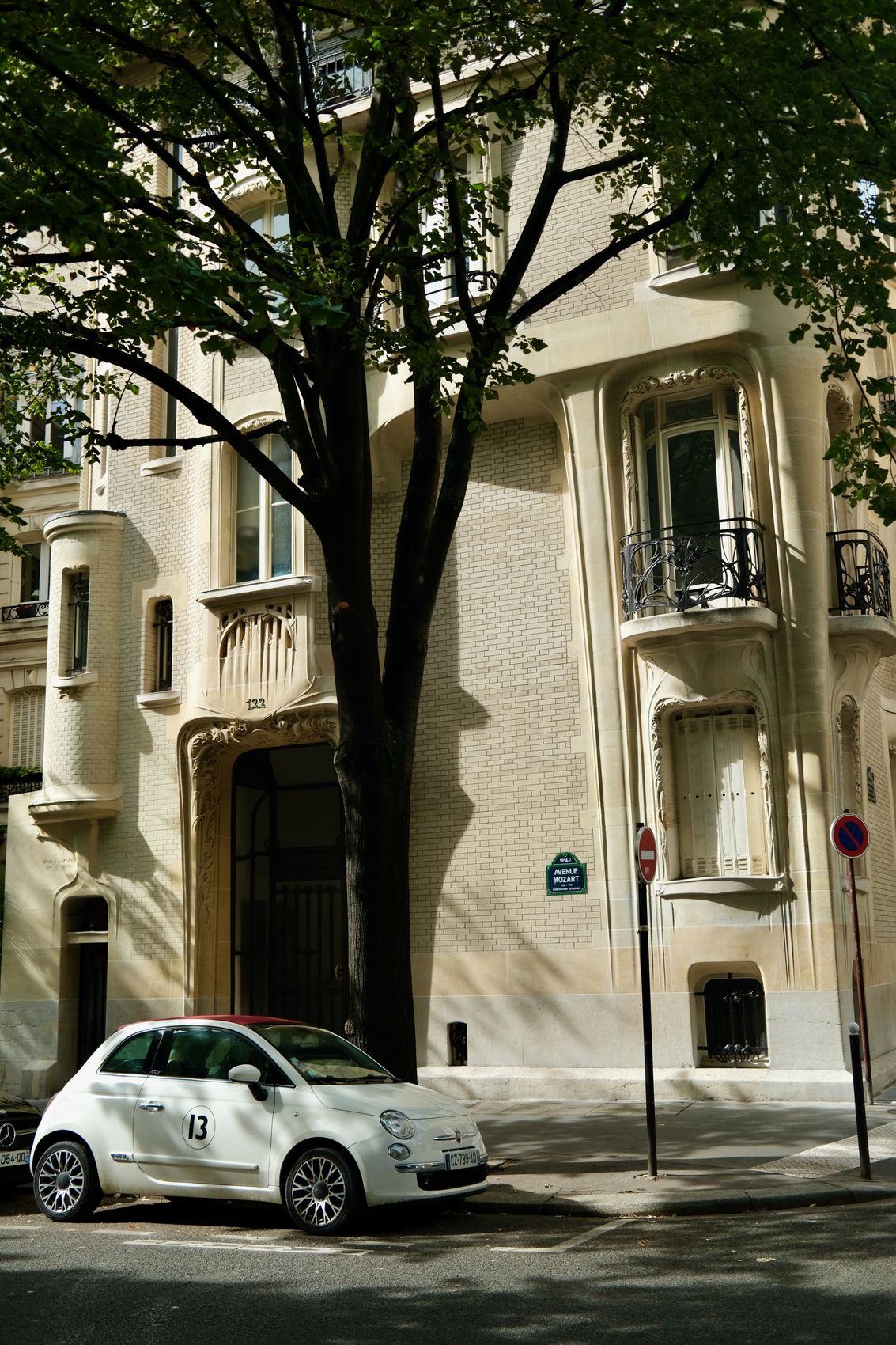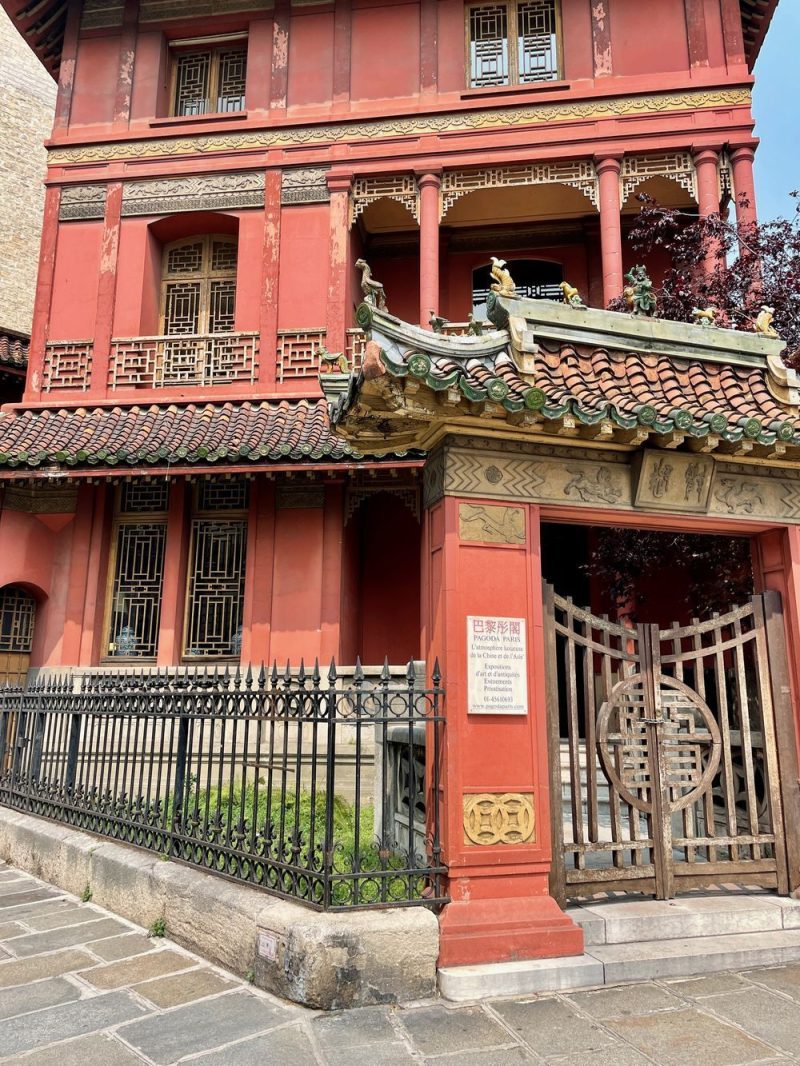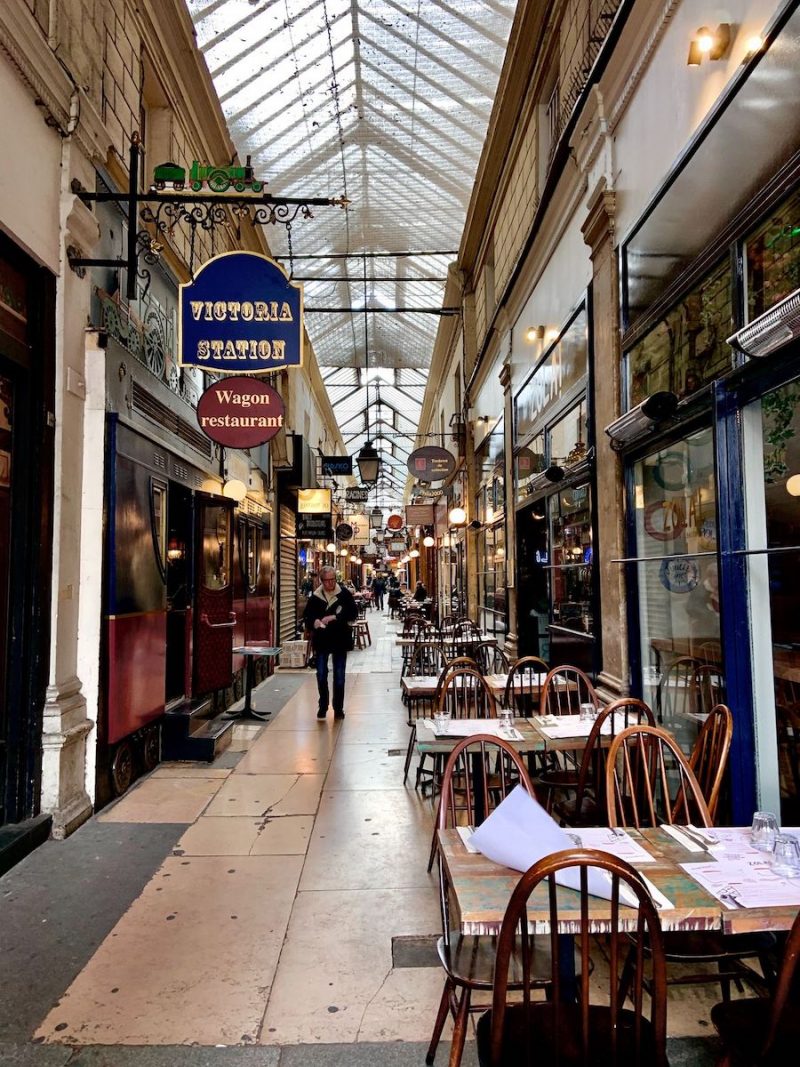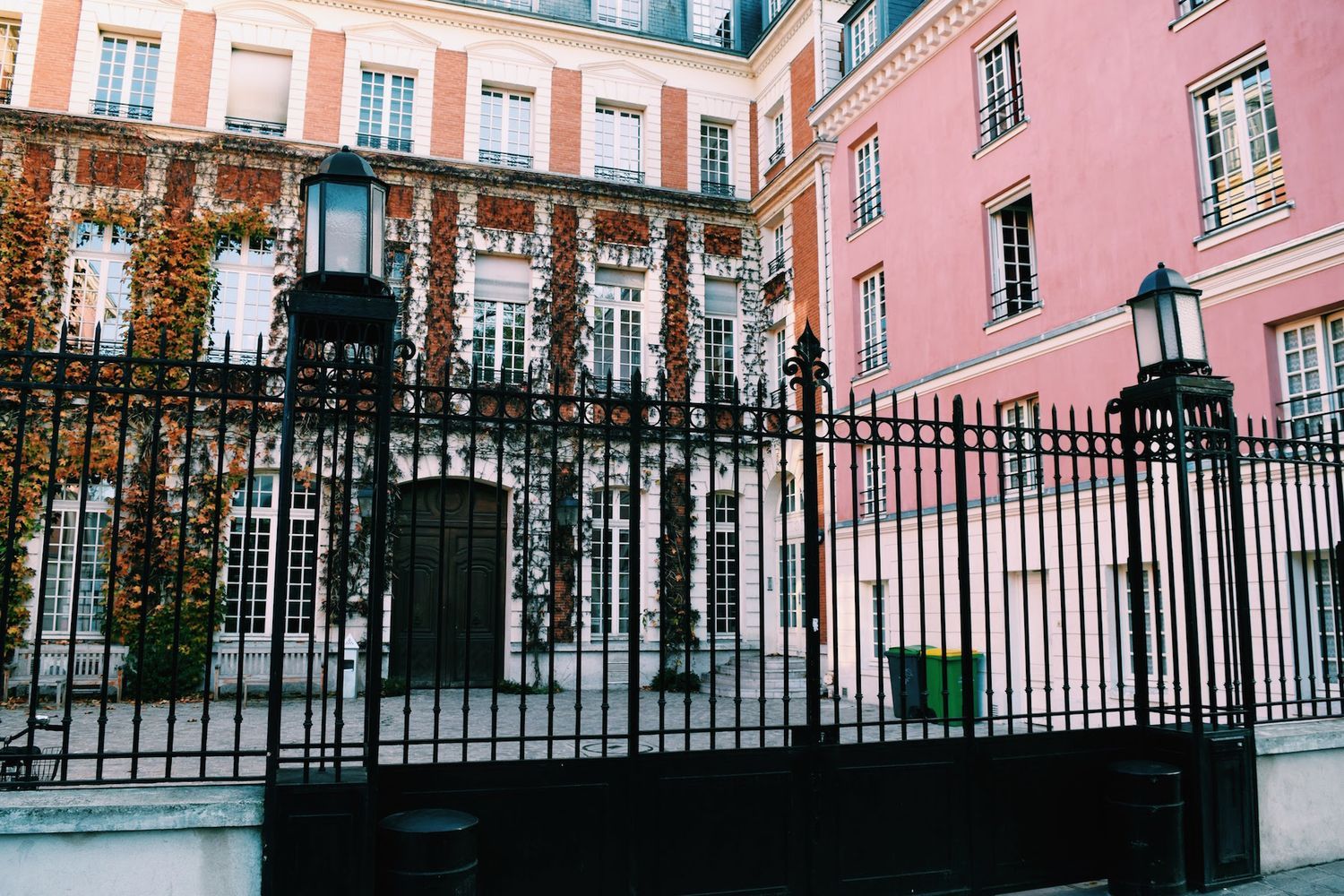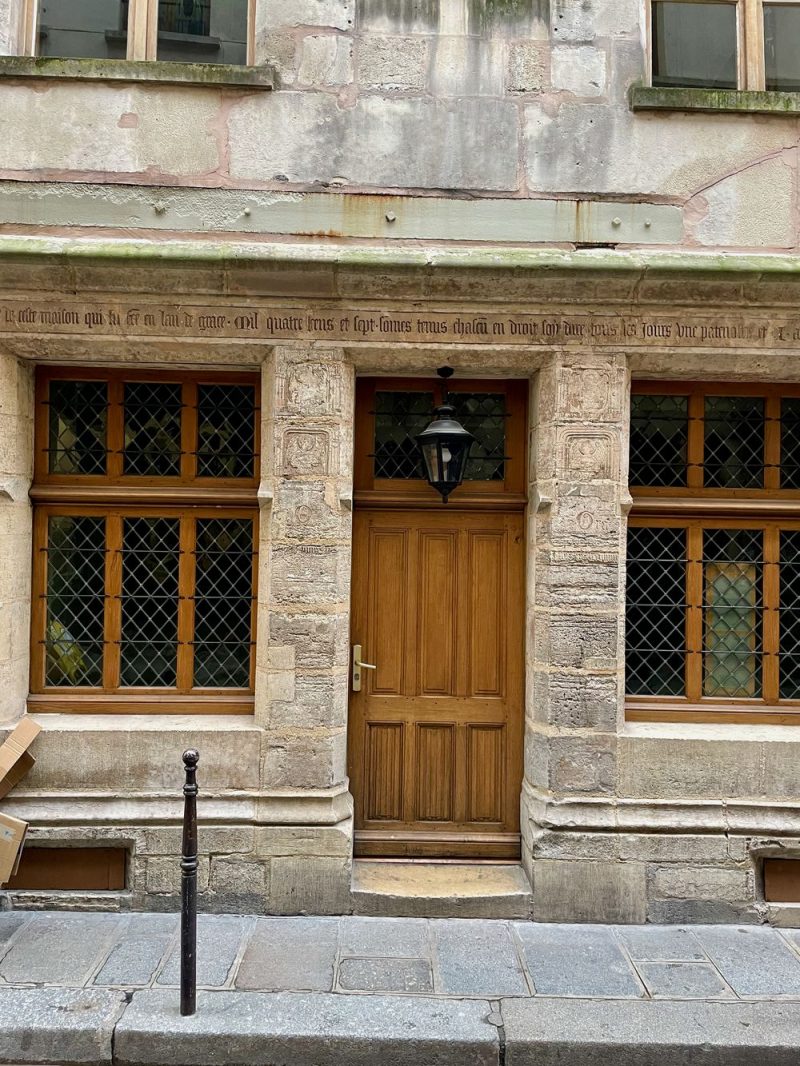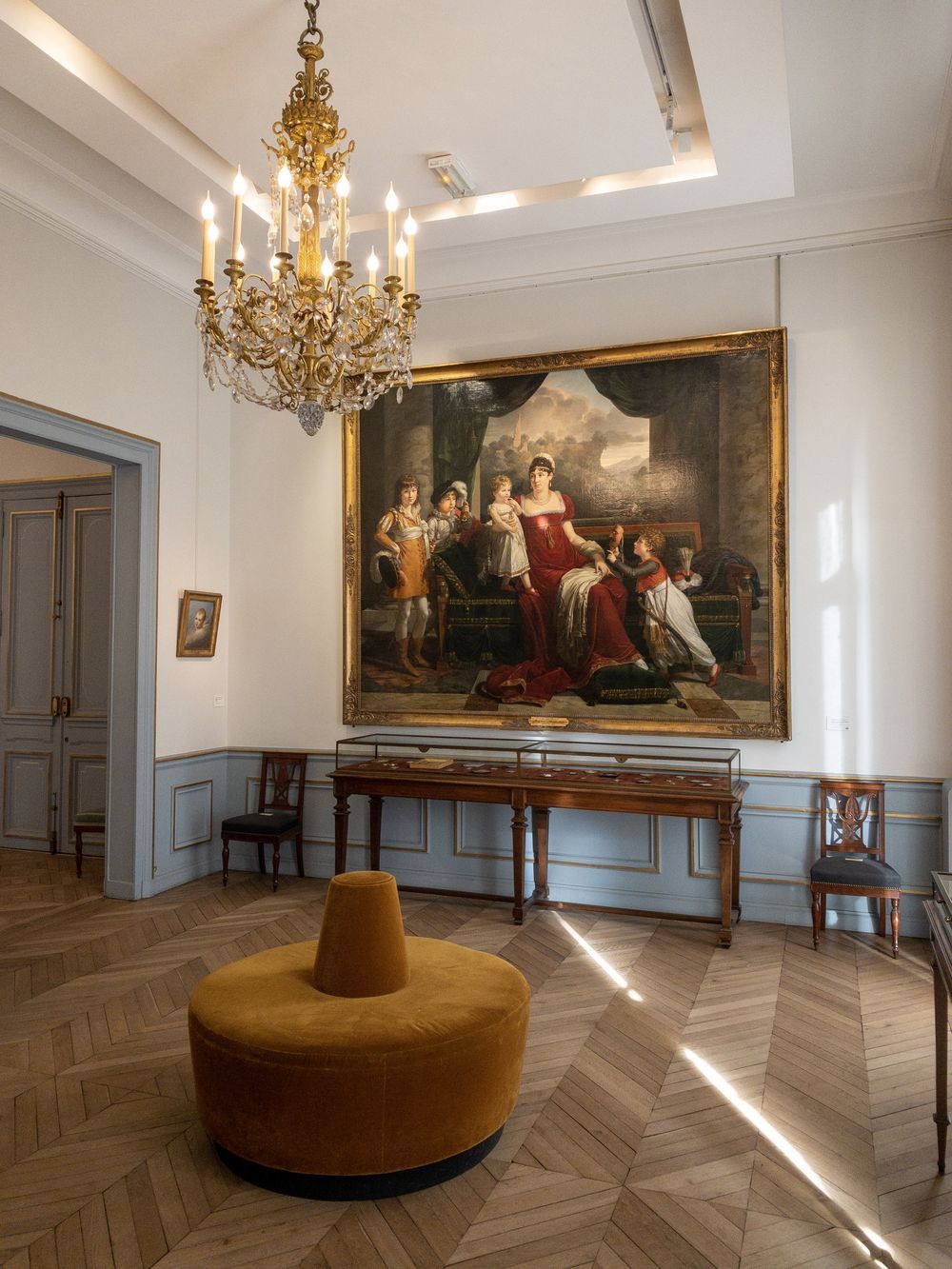Hôtel Guimard: Architect Hector Guimard’s Former Home in Paris
Culture Travel may earn a commission through links on this website. As an Amazon Associate, we earn from qualifying purchases.
In Paris’s 16th arrondissement is the Hôtel Guimard, an Art Nouveau townhouse built between 1909 and 1912 by the architect Hector Guimard, who was a leading figure in the Art Nouveau movement (he’s famous for designing the iconic Paris Métro entrances).
Remember, in French, “hôtel” has a broader meaning than in English. Hôtel in French can mean:
- Hotel (like in English) – a commercial establishment offering lodging
- Hôtel particulier – a grand private townhouse or mansion, typically built for wealthy families in urban areas
- Public building – as in “Hôtel de Ville” (City Hall) or “Hôtel des Invalides” (a historic military complex in Paris)
So when you see “Hôtel Guimard,” it’s referring to Guimard’s private residence and studio – a grand townhouse – not a hotel where you could book a room. The term “hôtel particulier” specifically refers to these elegant private urban mansions that were popular among the wealthy in French cities, especially during the 17th-19th centuries and into the Art Nouveau period.
Guimard built this as both his architectural practice and his home with his wife, the artist Adeline Oppenheim Guimard, who also had her studio there. They lived and worked there from 1913 until they left France for the United States in 1937.
The building is a protected historical monument and is considered an important example of Guimard’s Art Nouveau architectural style. The site was chosen on a triangular plot of land, and Guimard designed it to accommodate both professional and residential spaces.
The hotel is a building that reflects the elegant architectural style typical of the Parisian landscape. Guimard designed some of the most recognizable structures in Paris, and his influence can be seen in several places throughout the city. Its location allows guests to experience the charm of the era and the artistic culture associated with the early 20th century in Paris.
122 Avenue Mozart, 75016 Paris, France
